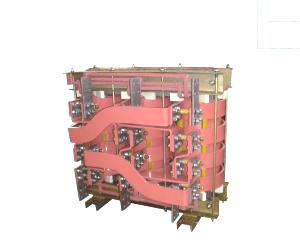Special transformer characteristic parameters
Transformers with specific uses are generally referred to as special transformers. In addition to the conversion of AC voltage, it also has other uses, such as changing the frequency of the power supply, the power supply of rectifier equipment, the power supply of electric welding equipment, the power supply of electric furnace or as a voltage transformer, current Transformers, etc. Since the working conditions and load conditions of these equipment are different from those of ordinary transformers, the calculation method of ordinary equipment cannot be used to stop the calculation.
Special transformer characteristic parameters:
working frequency
The core loss of the equipment has a great relationship with the frequency, so it should be designed and used according to the frequency of use, which is called the operating frequency.
rated power
Under the regular frequency and voltage, the equipment can work for a long time without exceeding the output power of the regular temperature rise.
Rated voltage
Refers to the voltage allowed to be applied to the coil of the equipment, which shall not be greater than the specified value during operation.
voltage ratio
Refers to the ratio of the primary voltage to the secondary voltage of the equipment, and there is a difference between the no-load voltage ratio and the load voltage ratio.
No-load current
When the secondary of the special transformer is open circuit, there is still a specific current in the primary, this local current is called no-load current. The no-load current is composed of magnetizing current (generated magnetic flux) and iron loss current (caused by iron core loss). About 50Hz power supply For equipment, the no-load current is simply equal to the magnetizing current.
Load loss
Refers to the power loss measured at the primary when the secondary of the device is open-circuited. The main loss is the core loss, followed by the loss (copper loss) generated by the no-load current on the copper resistance of the primary coil, and this local loss is very small.
efficiency
Refers to the percentage of the ratio of secondary power P2 to primary power P1. Usually, the greater the rated power of the equipment, the higher the efficiency.
Insulation resistance
Indicates the insulation performance between the coils of the special transformer, between the coils and the iron core. The upper and lower insulation resistance is related to the performance of the insulating material used, the temperature and humidity levels.


